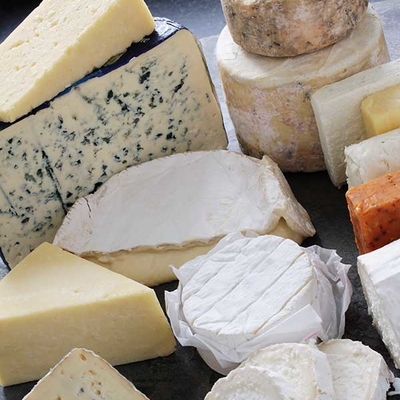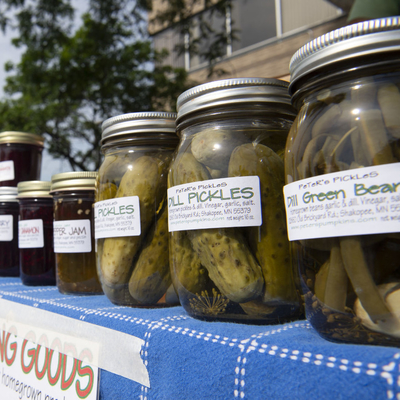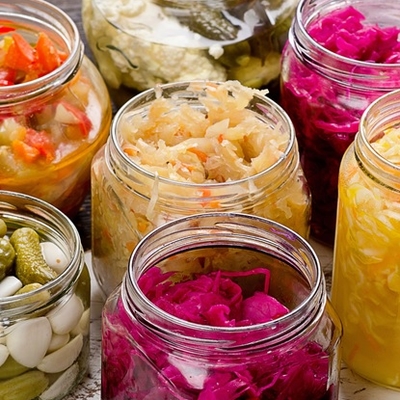
On May 24, 2024, Governor Tim Walz signed into law the 2024 legislative session omnibus bill that included changes to the Food Product Sampling and Demonstration law. Learn more about how the changes may impact you.

On May 24, 2024, Governor Tim Walz signed into law the 2024 legislative session omnibus bill that included changes to the Food Product Sampling and Demonstration law. Learn more about how the changes may impact you.

Cheese can be used as an ingredient in cottage foods so long as the final product meets the requirements for food safety. Examples of cottage foods that may meet these food safety requirements include certain baked goods, crackers, and baked or dehydrated pet treats.

Every month at least one food recall is caused by missing or undeclared food allergens in a product’s ingredient listing. Learn more about what this means for cottage food producers.

Last month, Extension’s Food Safety team received a question about using vacuum-sealing jars to preserve foods. Learn more about the safety of these products and how they work.
© 2024 Regents of the University of Minnesota. All rights reserved. The University of Minnesota is an equal opportunity educator and employer.